$ETH $SOL #Decentralization #Ethereum #Solana #Blockchain #CryptoInnovation #MITResearch #SmartContracts #TechTrends #FutureOfFinance #Web3
Could Decentralization Be the Key to Faster Ethereum and Solana Transactions? Discover How!
In the world of cryptocurrency, one of the top news stories comes from MIT’s renowned researcher, Médard. He asserts that decentralization transcends ideology; it is a necessity for the survival of large systems. As we witness traditional central control mechanisms faltering, innovative tests on Ethereum’s network are demonstrating the practical benefits of decentralization in code.
Decentralization has often been viewed as a philosophical stance. However, Médard argues that it is fundamentally about enhancing system resilience and performance. In a centralized framework, single points of failure can cripple entire networks, as seen in various historical examples. Therefore, as new technologies emerge, the urgency of decentralization becomes evident.
Recent tests on Ethereum have unveiled promising results. They show that by implementing decentralized protocols, transaction speeds and network efficiency can significantly improve. This shift not only benefits Ethereum but also has implications for other platforms, including Solana. As both networks strive to accommodate increasing user demands, the need for a robust and scalable infrastructure is paramount.
The Practical Advantages of Decentralization
One of the most compelling aspects of decentralization is its ability to distribute workloads across multiple nodes. This distribution reduces congestion and enhances throughput. For Ethereum, which has faced scalability challenges, applying decentralized solutions could be the key to unlocking its potential. Similarly, Solana’s architecture, designed for high-speed transactions, could further benefit from these insights.
Moreover, decentralization promotes greater security. By eliminating central control, the attack surface for malicious actors is reduced. This principle is particularly crucial in the context of cryptocurrencies, where trust is a foundational element. As users become more aware of security risks, they are likely to gravitate towards decentralized systems that offer enhanced protection.
Looking Ahead: The Future of Decentralization in Crypto
As we progress into the next phase of blockchain technology, the lessons learned from Ethereum’s tests will likely inform future developments across the crypto landscape. With decentralized solutions gaining traction, we are witnessing a paradigm shift in how cryptocurrencies operate. The traditional models of centralization are increasingly being challenged, paving the way for innovative approaches.
Investors and developers alike should take note of these trends. The potential for faster transactions and improved security can drive user adoption and market growth. For those looking to stay on the cutting edge of financial technology, understanding the implications of decentralization is essential.
For more insights on how decentralization can reshape the financial landscape, explore additional resources in the crypto category. Staying informed on these developments is crucial as they unfold.
In conclusion, Médard’s insights on decentralization highlight a fundamental shift in the cryptocurrency narrative. By embracing decentralized frameworks, Ethereum and Solana—along with other blockchain platforms—can enhance their operational efficiency and security. As we continue to navigate this evolving landscape, the embrace of decentralization may indeed be the secret to unlocking a new era of financial technology.
To learn more about engaging with decentralized systems and maximizing your investments, consider exploring opportunities on platforms like Binance. The future of finance is decentralized, and the time to act is now.
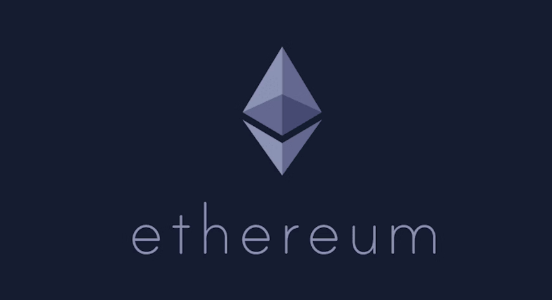
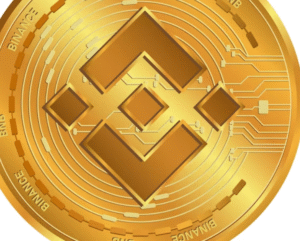


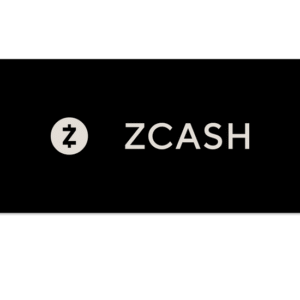




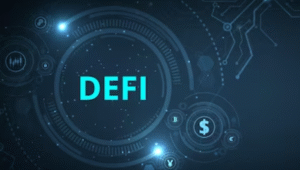
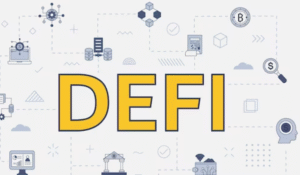
Comments are closed.